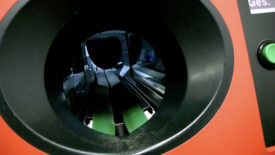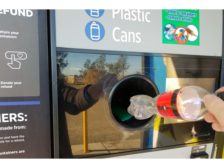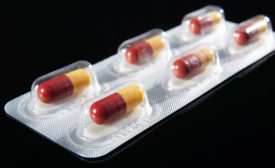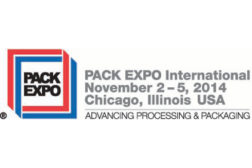Home » Keywords: » active and intelligent packaging
Items Tagged with 'active and intelligent packaging'
ARTICLES
Technology
What if packaging could actually reduce food waste so there was more food on the shelves and less food in the landfill?
Read More
Spotlight Feature
Active & Intelligent Packaging: A New Industry
February Cover Story: Part 1 of 2
February 13, 2019
Spotlight Feature
Active Packaging in Pharma: Simple Solutions to Complex Challenges
February Cover Story: Part 2 of 2
February 13, 2019
AIPIA Congress Explores Profitability of Active & Intelligent Packaging
PACK EXPO International and Pharma EXPO 2014 are home to upcoming AIPIA Congress.
August 28, 2014
Keep the info flowing with our eNewsletters!
Get the latest industry updates tailored your way.
JOIN TODAY!Copyright ©2025. All Rights Reserved BNP Media.
Design, CMS, Hosting & Web Development :: ePublishing










